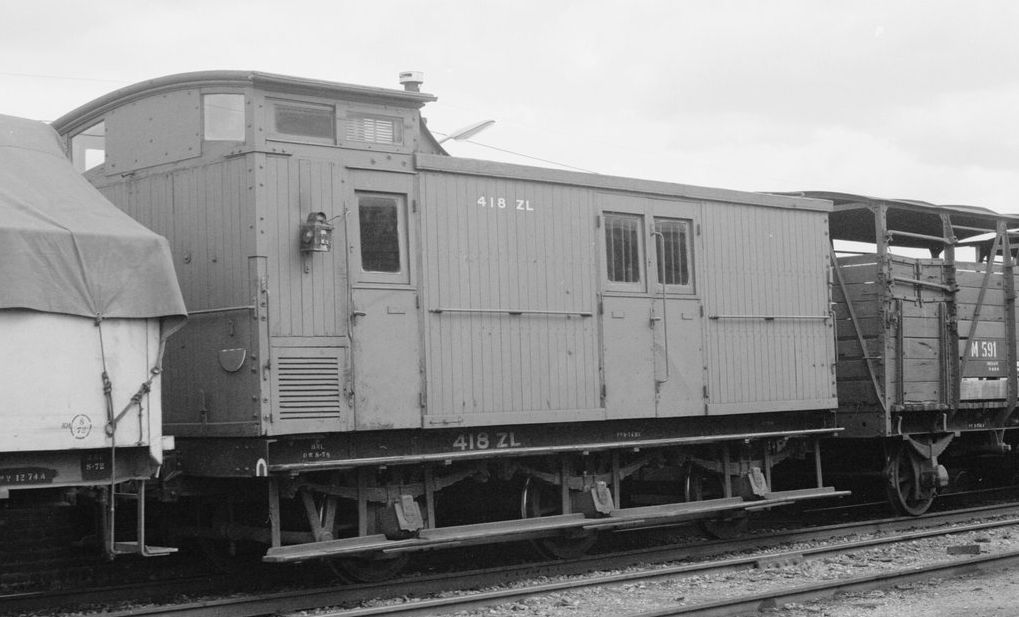

By 1958, trains were marshalled longer and average speeds faster thanks to the introduction of diesels. The final chapter in the autocoupler conversion program ( which had beginnings back in 1923) was the removal of buffers from the remaining autocoupled stock so fitted. As the buffers no longer provided additional buffing force (autocouplers, the other), train slack was creating rough riding problems for the guard.
An experimental bogie van, _ZZ_ 742 converted from a four wheel _Z__ van was trialled without success. After the trials, the bogies were removed and the van became a four wheeler again, this time as ZL 742.
Another option was tried which had some success, probably in part due to cost. A lengthened auto coupler shank with larger draft gear was fitted to vans and these vans recoded to ZL; the 'L' for long shank coupler. About 300 vans were modified.
The conversion began in 1959 with ZL 719 and progressed through to about 1965. To achieve a speedy turnover, most of the underframes were rotated allowing work to be done on the underframes first. When a van came in for service, the body was lifted off and placed onto a modified underframe. The old underframe was then modified and placed on the next van in.
At end of sidings, white sleeper baulks were bolted across the rails. This was a cheaper method than the old style wooden buffers. The baulks were notched on one side; left side approaching from the track side. This notch was to prevent damage to the underhanging handbrake screw rod if the van was propelled over the end. This was only a problem with the cupola end derailing first.